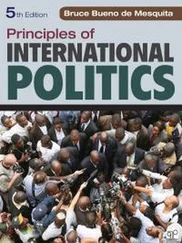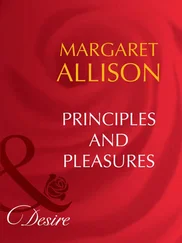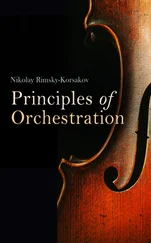The fact that these instruments are capable of playing double notes and full chords across three and four strings—to say nothing of sub-division of parts—renders them not only melodic but also harmonic in character.[7]
From the point of view of activity and flexibility the violin takes pride of place among stringed instruments, then, in order, come the viola, 'cello and double bass. In practice the notes of extreme limit in the string quartet should be fixed as follows:
for violins:  , for violas:
, for violas:  ,
,
for 'cellos:  , for double basses:
, for double basses:  .
.
Higher notes given in Table A Table A. String group. (These instruments give all chromatic intervals.) Black lines on each string denote the general range in orchestral writing, the dotted lines give the registers, low, medium, high, very high. The five sets of strings with number of players given above produce a fairly even balance of tone. If there is any surplus of strength it must be on the side of the first violins, as they must be heard distinctly on account of the important part they play in the harmonic scheme. Besides this, an extra desk of first violins is usual in all orchestras, and as a general rule they possess a more powerful tone than second violins. The latter, with the violas, play a secondary part, and do not stand out so prominently. The 'cellos and double basses are heard more distinctly, and in the majority of cases form the bass in octaves. In conclusion it may be said that the group of strings, as a melodic element, is able to perform all manner of passages, rapid and interrupted phrases of every description, diatonic or chromatic in character. Capable of sustaining notes without difficulty, of playing chords of three and four notes; adapted to the infinite variety of shades of expression, and easily divisible into numerous sundry parts, the string group in an orchestra may be considered as an harmonic element particularly rich in resource.
, should only be used with caution, that is to say when they are of long value, in tremolando , slow, flowing melodies, in not too rapid sequence of scales, and in passages of repeated notes. Skips should always be avoided.
Note. In quick passages for stringed instruments long chromatic figures are never suitable; they are difficult to play and sound indistinct and muddled. Such passages are better allotted to the wood-wind.
A limit should be set to the use of a high note on any one of the three lower strings on violins, violas and 'cellos. This note should be the one in the fourth position, either the octave note or the ninth of the open string.
Nobility, warmth, and equality of tone from one end of the scale to the other are qualities common to all stringed instruments, and render them essentially superior to instruments of other groups. Further, each string has a distinctive character of its own, difficult to define in words. The top string on the violin ( E ) is brilliant in character, that of the viola ( A ) is more biting in quality and slightly nasal; the highest string on the 'cello ( A ) is bright and possesses a "chest-voice" timbre. The A and D strings on the violin and the D string on the violas and 'cellos are somewhat sweeter and weaker in tone than the others. Covered strings ( G ), on the violin ( G and C ), on the viola and 'cello are rather harsh. Speaking generally, the double bass is equally resonant throughout, slightly duller on the two lower strings ( E and A ), and more penetrating on the upper ones ( D and G ).
Note. Except in the case of pedal notes, the double bass rarely plays an independent part, usually moving in octaves or in unison with the 'cellos, or else doubling the bassoons. The quality of the double bass tone is therefore seldom heard by itself and the character of its different strings is not so noticeable.
The rare ability to connect sounds, or a series of sounds, the vibration of stopped strings combined with their above-named qualities—warmth and nobility of tone—renders this group of instruments far and away the best orchestral medium of melodic expression. At the same time, that portion of their range situated beyond the limits of the human voice, e.g. notes on the violin higher than the extreme top note of the soprano voice, from

upwards, and notes on the double bass below the range of the bass voice, descending from
 (written sound)
(written sound)
lose in expression and warmth of tone. Open strings are clearer and more powerful but less expressive than stopped strings.
Comparing the range of each stringed instrument with that of the human voice, we may assign: to the violin, the soprano and contralto voice plus a much higher range; to the viola, the contralto and tenor voice plus a much higher register; to the 'cello, the tenor and bass voices plus a higher register; to the double bass, the bass voice plus a lower range.
The use of harmonics, the mute, and some special devices in bowing produce great difference in the resonance and tone quality of all these instruments.
Harmonics, frequently used today, alter the timbre of a stringed instrument to a very appreciable extent. Cold and transparent in soft passages, cold and brilliant in loud ones, and offering but little chance for expression, they form no fundamental part of orchestral writing, and are used simply for ornament. Owing to their lack of resonant power they should be used sparingly, and, when employed, should never be overpowered by other instruments. As a rule harmonics are employed on sustained notes, tremolando , or here and there for brilliant effects; they are rarely used in extremely simple melodies. Owing to a certain tonal affinity with the flute they may be said to form a kind of link between string and wood-wind instruments.
Another radical change is effected by the use of mutes. When muted, the clear, singing tone of the strings becomes dull in soft passages, turns to a slight hiss or whistle in loud ones, and the volume of tone is always greatly reduced.
The position of the bow on the string will affect the resonance of an instrument. Playing with the bow close to the bridge ( sul ponticello ), chiefly used tremolando , produces a metallic sound; playing on the finger-board ( sul tasto , flautando ) creates a dull, veiled effect.
Note. Another absolutely different sound results from playing with the back or wood of the bow ( col legno ). This produces a sound like a xylophone or a hollow pizzicato . It is discussed under the heading of instruments of little sustaining power.
(These instruments give all chromatic intervals.)
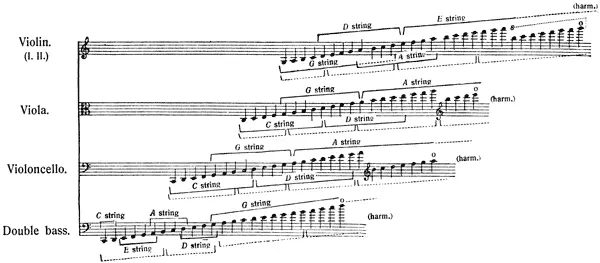
Black lines on each string denote the general range in orchestral writing, the dotted lines give the registers, low, medium, high, very high.
Читать дальше
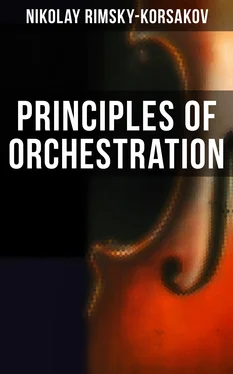
 , for violas:
, for violas:  ,
, , for double basses:
, for double basses:  .
.
 (written sound)
(written sound)
